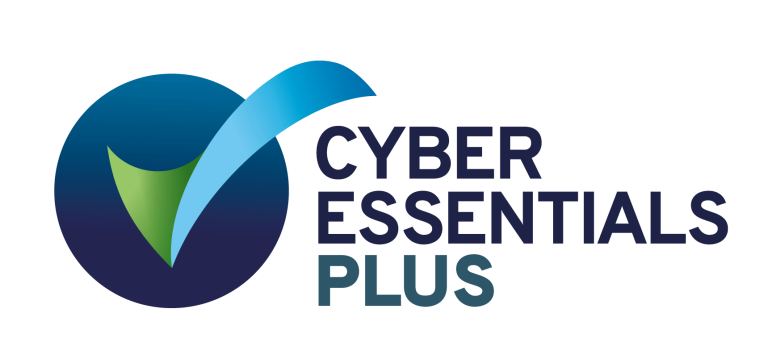Maintaining good work attendance is essential for both business productivity and employee well-being. High levels of absenteeism can disrupt workflow, increase costs, and lower team morale. But what can businesses do to encourage regular attendance while fostering a positive work culture?
In this guide, we’ll explore six practical actions that managers and HR professionals can take to support consistent attendance, improve employee engagement, and ensure compliance with UK employment laws.
Helpful Summary
Overview: This guide outlines the six best actions to maintain good attendance at work, helping HR professionals and managers reduce absenteeism and improve workplace engagement.
Why Trust Us: Evalu-8 HR provides cutting-edge attendance tracking solutions, helping businesses track employee absences, automate payroll calculations, and improve workforce management.
Why It Matters: Poor attendance leads to productivity losses, increased costs, and lower morale. Implementing structured attendance policies and supportive management helps retain employees and boost engagement.
Action Points: Learn how to set clear attendance policies, support employee well-being, and implement T&A software for better tracking and compliance.
Further Research: Discover how Evalu-8 HR’s attendance software helps businesses track absences, manage shifts, and ensure accurate payroll processing.

1. Set Clear Attendance Policies
Employees need to understand what’s expected of them when it comes to attendance. A well-structured policy ensures that everyone is on the same page and that attendance is managed fairly and transparently.
What Should an Attendance Policy Include?
An effective policy should outline:
- Expected working hours and break times.
- The procedure for reporting absences.
- Consequences of excessive absenteeism.
- Support available for employees facing personal difficulties.
A transparent policy helps employees understand their responsibilities while giving HR a structured approach to managing attendance issues.
2. Support Employee Well-being
Workplace attendance is often linked to employee health, work-life balance, and job satisfaction. Supporting employee well-being is a proactive way to reduce stress-related absences and improve overall productivity.
How to Improve Employee Well-being
Encourage open conversations about workload and stress. Provide access to flexible working arrangements, employee assistance programmes (EAPs), and mental health support. A happy, supported workforce is more likely to maintain regular attendance.
3. Implement an Effective Time and Attendance System
Manually tracking attendance can be time-consuming, prone to errors, and difficult to manage. A time and attendance (T&A) system automates the process, ensuring accurate tracking and eliminating guesswork.
Why Evalu-8 HR is the Ideal Solution
Evalu-8 HR provides a comprehensive T&A solution that helps businesses:
- Monitor attendance in real-time.
- Reduce time theft and buddy punching.
- Integrate with payroll for accurate wage calculations.
- Generate attendance reports to identify absenteeism trends.
By adopting Evalu-8 HR, businesses can simplify attendance tracking, reduce administrative workload, and maintain compliance with UK labour laws.
4. Recognise and Reward Good Attendance
Positive reinforcement plays a huge role in motivating employees. Recognising and rewarding good attendance helps build a culture of accountability and appreciation.
Ideas for Rewarding Good Attendance
Consider offering monthly recognition awards, bonus incentives, or additional leave days for employees with strong attendance records. Simple gestures like public praise or thank-you emails can also reinforce positive behaviour.
5. Address Attendance Issues Promptly
Ignoring attendance problems can lead to a culture of absenteeism. Addressing concerns early prevents small issues from escalating into long-term problems.
How to Handle Absence Issues Effectively
HR teams should track attendance trends, hold return-to-work interviews, and offer support to employees facing challenges. Taking a proactive approach demonstrates that attendance matters while showing compassion and fairness.
6. Foster a Positive Workplace Culture
Employees who feel valued, respected, and engaged are more likely to show up for work consistently. A positive workplace culture makes attendance less about enforcement and more about motivation.
Creating a Supportive Work Environment
Encourage team collaboration, professional development, and clear career progression. Employees who see growth opportunities and workplace satisfaction are less likely to take unnecessary absences.
Encouraging Good Attendance is About More Than Just Policies
Maintaining good work attendance requires a combination of clear policies, employee support, and modern workforce management tools. Businesses that prioritise well-being, implement effective tracking systems, and recognise great attendance will see higher employee engagement, productivity, and retention.
By integrating Evalu-8 HR’s advanced T&A software, businesses can automate tracking, reduce absenteeism, and create a more efficient workforce—a win-win for both employees and employers.
Your Questions Answered: Common Queries About Maintaining Work Attendance
The most effective method is using T&A software like Evalu-8 HR, which automates tracking and integrates with payroll for accurate records.
By setting clear policies, offering well-being support, recognising good attendance, and using automated tracking, businesses can significantly reduce absenteeism.
Yes, offering small incentives like bonus schemes, recognition awards, or additional leave days encourages employees to maintain strong attendance.
A positive workplace culture fosters higher engagement and job satisfaction, making employees more likely to attend work consistently.
T&A software reduces administrative workload, ensures payroll accuracy, and provides real-time insights, helping businesses manage workforce attendance more efficiently.


